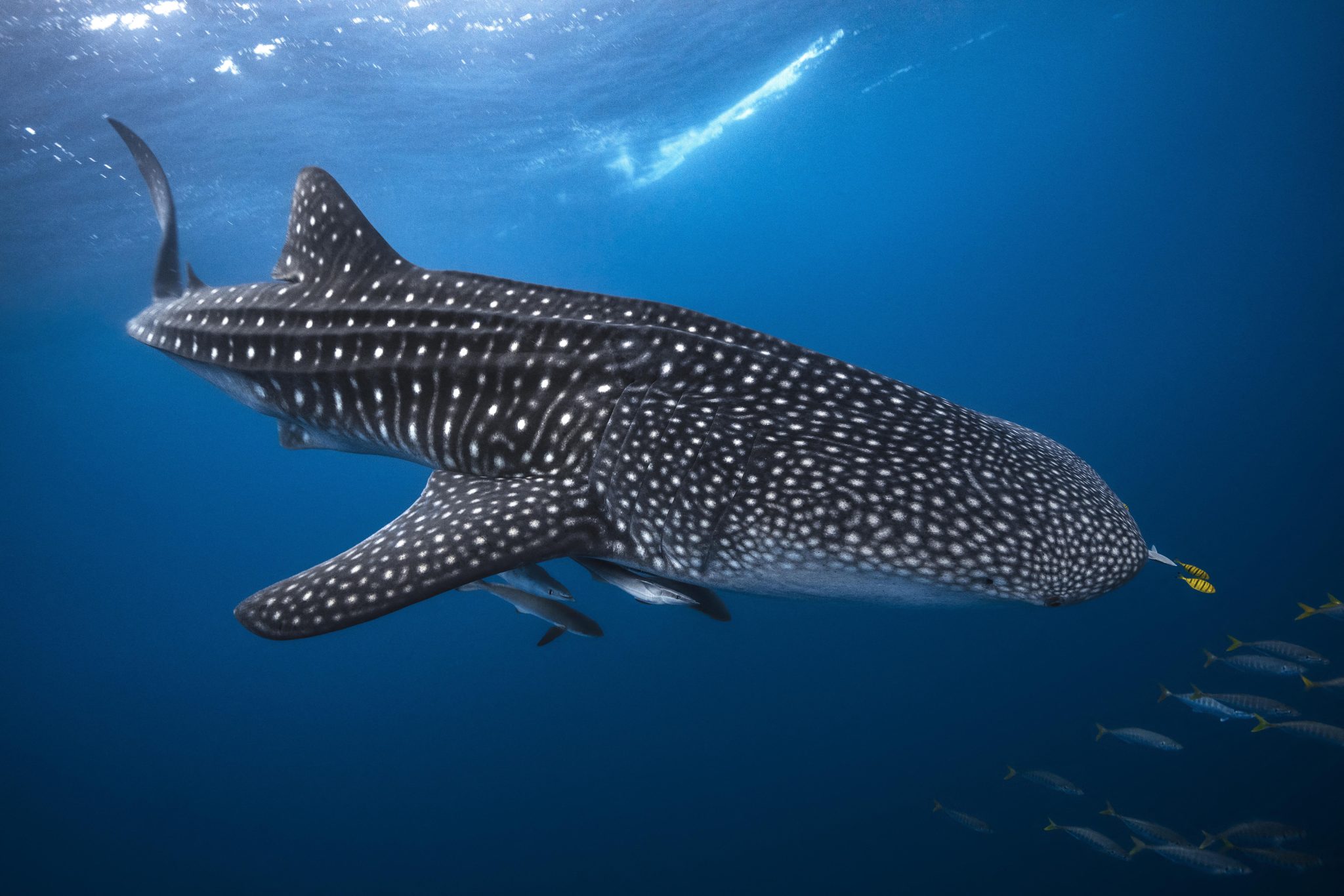

Overview
Fact File
| Capital | Antananarivo |
| Population | 26,300,000
|
| Languages | French, Malagasy, English |
| Time | GMT+3
|
| International Dialling Code | +261 |
| Currency | Malagasy ariary (MGA) |
| Tourist Board | https://madagascar-tourisme.com/en/
|
| International Airports | Ivato International Airport (TNR) |
About The Diving
Diving in Madagascar offers an unparalleled underwater experience in the Indian Ocean’s warm and clear waters. With diverse marine life, vibrant coral reefs, and unique underwater topography, Madagascar is a haven for scuba divers and snorkelers. The Nosy Be Archipelago, particularly Nosy Tanikely, stands out for its abundant marine biodiversity, including colorful reef fish, rays, and various species of sharks. The nearby Mitsio Archipelago boasts pristine coral gardens and thrilling encounters with larger species like whale sharks. For advanced divers, the underwater caves and canyons of Tulear provide an adrenaline-pumping adventure.
Madagascar’s underwater world is also famous for encounters with unique species like the leafy and weedy seadragons, making it a paradise for underwater photographers. The warm water temperatures, coupled with the chance to explore untouched and uncrowded dive sites, create an unforgettable diving experience for enthusiasts looking to discover the Indian Ocean’s hidden gems.
Video
Dive Highlights
Nosy Tanikely Marine Reserve (Nosy Be Archipelago)
A biodiversity hotspot, Nosy Tanikely offers vibrant coral reefs, diverse marine life, and excellent visibility. Expect encounters with reef sharks, rays, and an array of colorful fish species.
Nosy Sakatia (Nosy Be Archipelago)
Known for its calm waters and rich marine biodiversity, Nosy Sakatia is ideal for both novice and experienced divers. Dive among coral formations, exploring caves and encountering diverse marine creatures.
Nosy Mitsio (Mitsio Archipelago)
The Mitsio Archipelago, with its pristine coral gardens, offers excellent diving opportunities. Explore underwater pinnacles and encounter whale sharks, rays, and schools of pelagic fish.
The Cathedral (Tulear)
A challenging dive site, the Cathedral features underwater caves and canyons, creating an exciting environment for advanced divers. Explore the intricate rock formations and witness diverse marine life.
Nosy Be Wall (Nosy Be Archipelago)
This site is renowned for its steep walls covered in colorful corals. Divers can encounter large pelagic species, including sharks and turtles, making it a thrilling site for underwater exploration.
Madagascar’s Mitsio Islands (Mitsio Archipelago)
The Mitsio Islands offer various dive sites with stunning coral formations and marine biodiversity. Explore underwater caves, encounter octopuses, and witness the vibrant underwater ecosystem.
Nosy Hara Marine Park (Nosy Be Archipelago)
Nosy Hara is a protected marine park with diverse marine life, including nudibranchs and seahorses. The park’s healthy coral reefs make it an excellent spot for macro photography and underwater enthusiasts.
The Whale Shark Alley (Nosy Be Archipelago)
As the name suggests, this site offers opportunities to swim with whale sharks. Divers can also encounter manta rays and other pelagic species in the clear waters, creating an unforgettable experience.
The Four Brothers (Nosy Be Archipelago)
This group of four small islands features stunning coral reefs, caves, and overhangs. Divers can explore the underwater passages and observe diverse marine life, including lionfish and moray eels.
Anakao Ocean (Tulear)
Anakao Ocean offers a mix of colorful coral gardens and challenging drift dives. Encounter turtles, reef sharks, and schools of jacks in the crystal-clear waters, making it a favorite among experienced divers.
When To Go
The best time to go diving in Madagascar is during the dry season, which generally occurs from April to November. During these months, Madagascar experiences less rainfall, resulting in clear waters and excellent visibility for divers.
Key Points to Consider:
- Visibility: The dry season offers the best underwater visibility, allowing divers to fully enjoy the vibrant coral reefs and diverse marine life Madagascar has to offer.
- Marine Life: Many marine species, including various types of fish, sharks, rays, and turtles, are more active during the dry season, making it an ideal time for diving enthusiasts.
- Weather: While the dry season typically has pleasant weather conditions, it’s advisable to avoid the peak of winter, particularly in July and August, to enjoy warmer air temperatures alongside the clear waters.
- Crowds: Tourist numbers are usually lower during the early and late parts of the dry season (April-May and September-November), offering a more peaceful and intimate diving experience.
However, diving conditions can vary based on the specific regions within Madagascar. Always check with local dive operators for the most current and detailed information about specific dive sites and their conditions before planning a diving trip.



